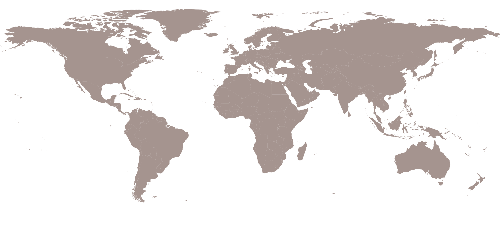From Manual to Digital and Vice Versa
Digitalization, labor, and construction
The unfavorable environmental impact of the construction industry with respect to carbon emissions through embodied and operational energy, production of waste, and depletion of resources is well known. Given the highly problematic state of affairs and corresponding urgency of resolving our shared predicament, it is imperative to develop disruptive technologies to stimulate improvement on all fronts. This demands a multi-disciplinary, fully-integrated design approach by which the fields of architecture, structural engineering, mechanical engineering/building systems, and construction work together to provide better solutions.
These solutions cannot be general; instead, they must be adaptive to different economic, geographic, and political contexts. In developed contexts, where labor costs are high relative to material costs, prefabrication is favored whenever possible. In developing contexts, engineered materials such as concrete, steel, or structural timber are either prohibitively expensive or simply not available, though labor here remains comparatively inexpensive. Capitalizing on locally available resources, both material and human, can result in substantial socio-economic benefits. Thus, in order to construct appropriately, i.e., to maximize the potential of both labor and materials, while minimizing environmental impact, the specificities of context are paramount.
Moderators, Speakers & Respondents
-

Speaker
Immad Ahmed
OBAT Helpers
USA
-

Speaker
Alexandria Lafci
New Story
USA
Abstracts
- Developing curriculum to re-materialize construction | Achilles Ahimbisibwe | Former Transsolar Academy fellow, Germany/Uganda
- Digitalization required to overcome constraints | Immad Ahmed | Executive Director, OBAT Helpers, USA
- CLIMAPLUS: An early-design phase decision support for low-carbon, low-energy buildings | Alpha Arsano | PhD student, Architecture & Building Technology; Research Assistant, Sustainable Design Lab, Massachusetts Institute of Technology, USA
- Imposing challenges, disruptive changes: Rethinking the floor slab | Philippe Block, author and presenter Full Professor of Architecture and Structure, Department of Architecture, ETH Zurich; Co-director of the Block Research Group, and Member of the Academic Committee, LafargeHolcim Foundation, Switzerland Tom Van Mele, Matthias Rippmann, and Noelle Paulson, authors Block Research Group, ETH Zurich, Switzerland
- People must become an integral part of the housing value chain | Shrashtant Patara | Chief Executive Officer, Technology & Action for Rural Advancement (TARA), India
- KnitCrete: Building in concrete with a stay-in-place knitted fabric formwork | Mariana Popescu | PhD Researcher, Block Research Group (BRG), Institute of Technology in Architecture, ETH Zurich, Switzerland
- Earth requires a more specifically developed architecture language | Martin Rauch | Principal & Founder, Lehm Ton Erde, Austria
- Future building systems: From mechanical to material | Arno Schlueter | Full Professor of Architecture & Building Systems (A/S), Institute of Technology in Architecture (ITA), ETH Zurich, Switzerland
While digital design might contribute to more efficient construction methods, whether with regard to a building’s structural performance, material quality, or assembly process, the question remains as to what the role of manual work will be in increasingly digitalized contexts. What are the opportunities and risks when translating technologies from one context to another? Could combinations of digital and manual fabrication be considered that embrace the inherent advantages of both? Addressing such questions, the workshop “from manual to digital and vice versa” will investigate potential mutually-reinforcing relations between digitalization and manual labor. Visionary solutions for a range of contexts will be explored and creativity encouraged.
By confronting a series of tensions – manual vs. digital, craft vs. machine, tradition vs. innovation, and vernacular vs. high-tech – we will devise resourceful technical solutions and challenge what is typically considered appropriate in different contexts. We will investigate to what extent the trends of digitalization can offer new opportunities and examine instances where the application of digital solutions may in fact prove unintentionally detrimental. By addressing such topics as material innovation, the impact of materials on building systems integration and/or thermal comfort, prefabrication vs. on-site construction, and mass and/or emergency housing solutions, the workshop “From manual to digital and vice versa: Digitalization, labor, and construction” offers a chance to learn from best practices and an incentive to strive for consequential, collaborative solutions.

































